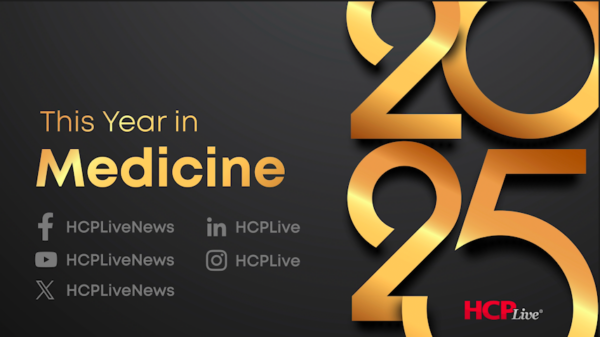Recent findings highlight significant shifts in the management of patents and trademarks within the realm of scientific research. According to a comprehensive report by the World Intellectual Property Organization (WIPO), innovations in patenting practices are increasingly affecting how research is conducted globally. This development addresses ongoing concerns about the accessibility and commercialization of scientific discoveries.
The report, released on March 15, 2024, illustrates that researchers are facing growing challenges in navigating the complex landscape of intellectual property rights. The United States Patent and Trademark Office (USPTO) and the European Patent Office (EPO) are adapting their regulations to streamline processes, but many in the scientific community are still uncertain about the implications of these changes.
Impact on Researchers and Institutions
One of the key findings in the WIPO report emphasizes that institutions are increasingly prioritizing patent applications to protect their innovations. Data indicates that patent filings related to scientific research have risen by 15% over the past two years. This surge reflects a cultural shift towards viewing patents not just as legal tools, but as essential assets in securing funding and fostering collaborations.
Many researchers express concern that the intense focus on patents may hinder the free exchange of ideas, which is crucial for scientific advancement. Dr. Emily Chen, a prominent researcher in biotechnology, stated, “While protecting intellectual property is important, we must find a balance that allows for collaboration and innovation without being bogged down by legal complexities.”
Government agencies are responding to these concerns. The USPTO and the EPO have initiated workshops aimed at educating researchers about the patenting process. These workshops are designed to demystify intellectual property rights and empower scientists to navigate these systems effectively.
Future Directions for Patents and Trademarks
Looking ahead, the WIPO report suggests that ongoing reforms in patent law will shape the future of scientific research. Experts predict that advancements in technology, particularly in artificial intelligence and data analytics, will further transform how patents are filed and managed.
Moreover, there is an increasing push for international harmonization of patent rules, which could simplify processes for researchers operating across borders. This harmonization could enhance collaborative efforts in global research initiatives, fostering innovation while ensuring adequate protection for inventors.
As the scientific community adapts to these emerging trends, ongoing dialogue between researchers, policymakers, and patent offices will be essential. The goal is to create a framework that supports innovation while safeguarding the rights of those who contribute to scientific advancements.
In conclusion, the evolving landscape of patents and trademarks presents both challenges and opportunities for the scientific research community. As institutions and researchers navigate these changes, the emphasis will likely remain on finding effective ways to balance protection with collaboration, ensuring that scientific progress continues unimpeded.





































































